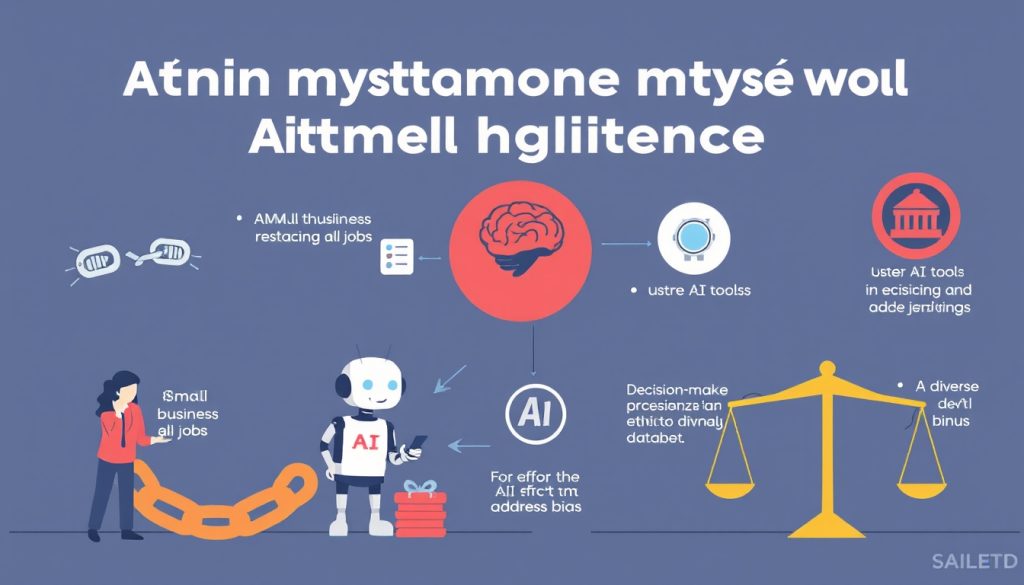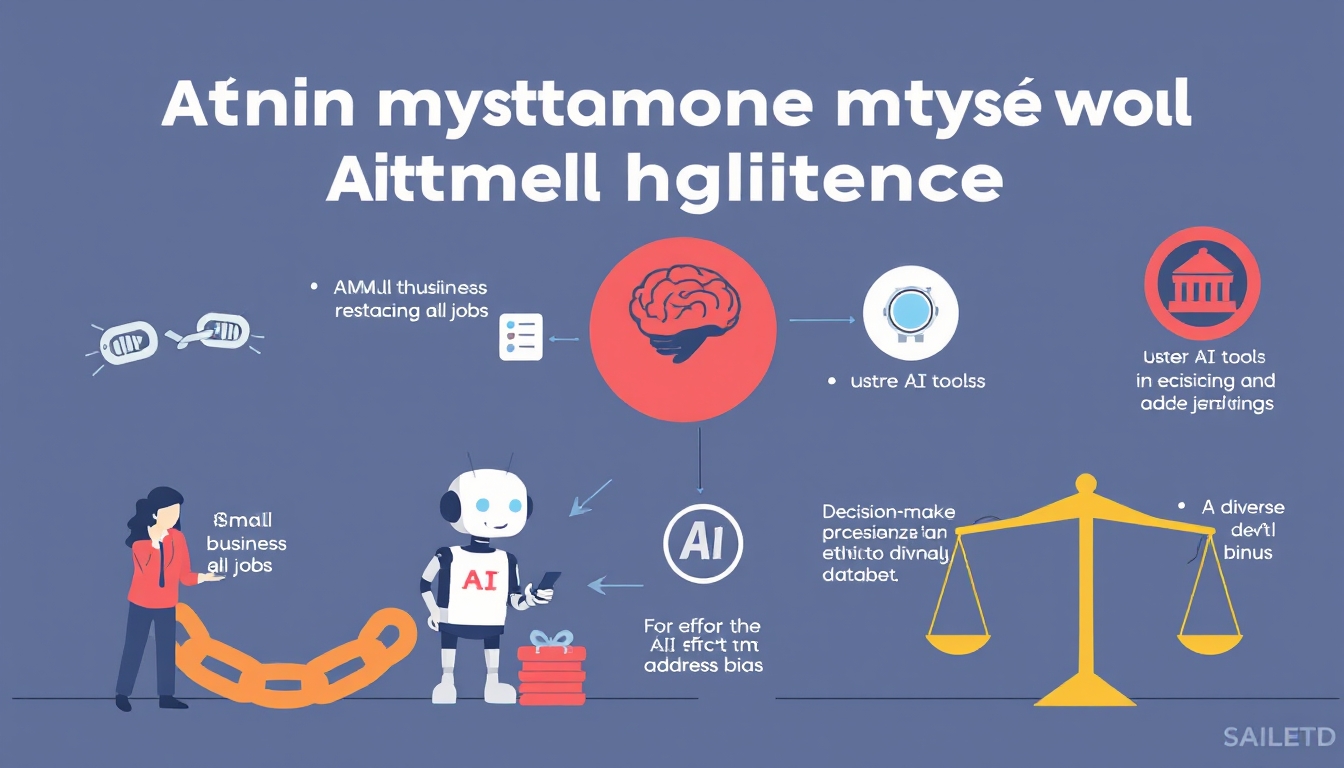
Myths are ancient stories passed down through generations, often used to explain natural phenomena, human behavior, or the origins of a culture. These tales are deeply woven into the fabric of societies and serve as a mirror to the values, fears, and aspirations of civilizations. While many myths are fantastical and supernatural in nature, they hold important truths and lessons for those who study them.
What Are Myths?
A myth is a traditional story, typically involving gods, heroes, and supernatural beings, that serves to explain aspects of the world, such as creation, morality, or the human condition. Myths are a key part of folklore and are often tied to the religious or cultural beliefs of a community. They are not confined to one region but can be found in every corner of the globe, from ancient Greece to the indigenous tribes of the Americas.
The Role of Myths in Society
Myths serve several purposes within societies:
- Explanation of Natural Phenomena: Before the advent of science, myths were a way to explain the forces of nature. For example, in Greek mythology, lightning was believed to be a weapon wielded by Zeus, the king of the gods. Similarly, the Egyptians explained the flooding of the Nile as the tears of the goddess Isis, mourning for her dead husband, Osiris.
- Cultural Identity: Myths are often linked to the identity of a people. They provide insight into how a society views itself and its place in the world. For instance, the Norse myths about Ragnarök (the end of the world) reflect a culture that values bravery and accepts the inevitability of fate.
- Moral Lessons: Myths often contain moral or ethical teachings, highlighting values such as bravery, loyalty, and justice. The story of Pandora’s Box in Greek mythology, for example, warns of the consequences of human curiosity and disobedience.
- Entertainment and Tradition: Besides their deeper meanings, myths were a form of storytelling, entertaining communities while reinforcing traditions and shared beliefs.
Famous Myths from Around the World
1. Greek Mythology: The Labors of Hercules
In Greek mythology, Hercules (Heracles) is a demi-god known for his incredible strength. His story is marked by 12 seemingly impossible tasks known as the “Labors of Hercules,” which he had to complete as penance for a crime. These labors include slaying the Nemean Lion and capturing the Golden Hind of Artemis. The myth of Hercules embodies themes of endurance, redemption, and the triumph of human willpower against the odds.
2. Norse Mythology: Thor and the Midgard Serpent
Thor, the god of thunder in Norse mythology, is famous for his hammer Mjölnir and his battles against the giants. One of his greatest foes is Jörmungandr, the Midgard Serpent, a giant sea creature that encircles the world. In their final battle at Ragnarök, Thor kills the serpent but succumbs to its venom. This myth is emblematic of the Norse belief in the inevitability of fate and the courage to fight even in the face of certain death.
3. Hindu Mythology: The Ramayana
The Ramayana is one of the great epics of Hindu mythology. It tells the story of Prince Rama, who embarks on a quest to rescue his wife, Sita, from the demon king Ravana. With the help of the monkey god Hanuman and his loyal brother Lakshmana, Rama overcomes various trials and fulfills his dharma (duty). The Ramayana is a tale of devotion, righteousness, and the victory of good over evil.
4. Native American Mythology: The Raven Steals the Sun
In many Native American cultures, the raven is a trickster figure. One popular myth from the Pacific Northwest tells how the raven brought light to the world. In the story, the world is in darkness, and the raven, through cleverness and deceit, steals the sun, moon, and stars from an old man and releases them into the sky. This myth illustrates themes of cunning, the balance between light and dark, and the raven’s role as a transformative figure.
Modern Interpretations of Myths
While myths were originally rooted in oral traditions, they continue to influence modern culture in new ways. Literature, films, and art often draw inspiration from ancient myths, reinterpreting them for contemporary audiences. For example, popular films like The Lord of the Rings and Harry Potter are heavily influenced by mythological themes, such as the hero’s journey, the battle between good and evil, and the quest for knowledge.
Moreover, myths are sometimes used to explore psychological concepts. Carl Jung, a famous psychologist, believed that myths reflect universal archetypes and serve as a key to understanding the human psyche. He argued that myths help us process experiences of love, fear, death, and transformation, representing shared human experiences across cultures.
The Importance of Myths in Today’s World
Though myths may seem like ancient relics of the past, they still hold relevance in modern society. They remind us of the collective wisdom passed down through generations and offer insight into human nature. By studying myths, we gain a deeper understanding of how our ancestors viewed the world and how their beliefs have shaped the values and traditions we follow today.
In a world driven by science and technology, myths provide a bridge to the spiritual and symbolic aspects of life, reminding us that, even in a modern context, storytelling has the power to teach, inspire, and connect people across cultures.
Conclusion
Myths are more than just stories; they are the lifeblood of human culture, carrying deep truths and universal lessons. Whether it’s the heroic tales of Hercules, the cosmic battles of Norse gods, or the timeless epics of Hinduism, these stories continue to captivate and influence us, showing the enduring power of myth in shaping human understanding and identity.


